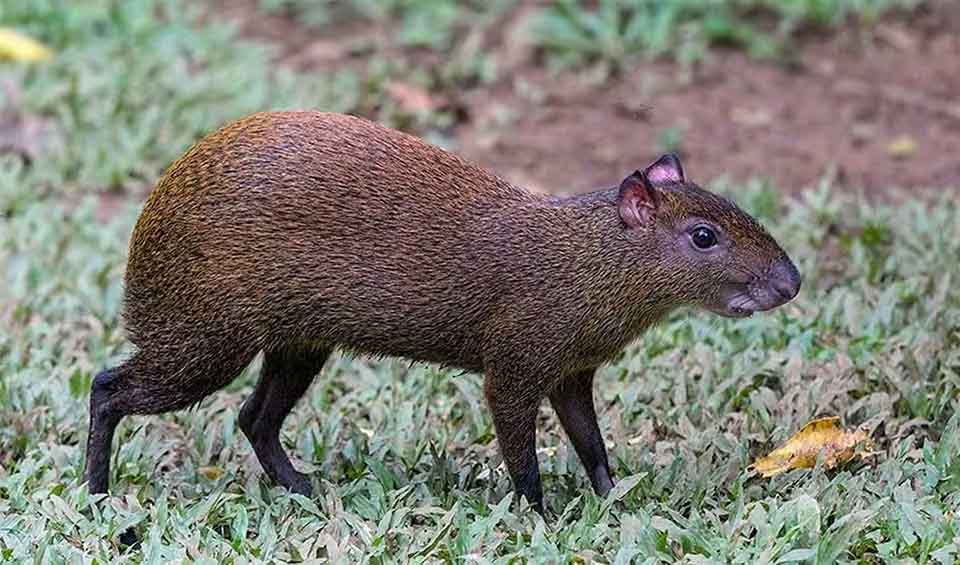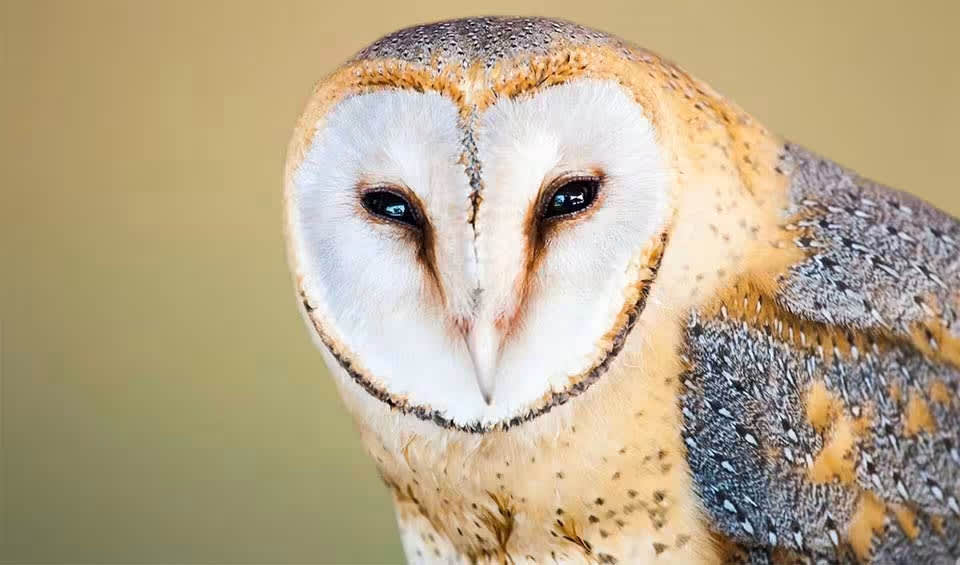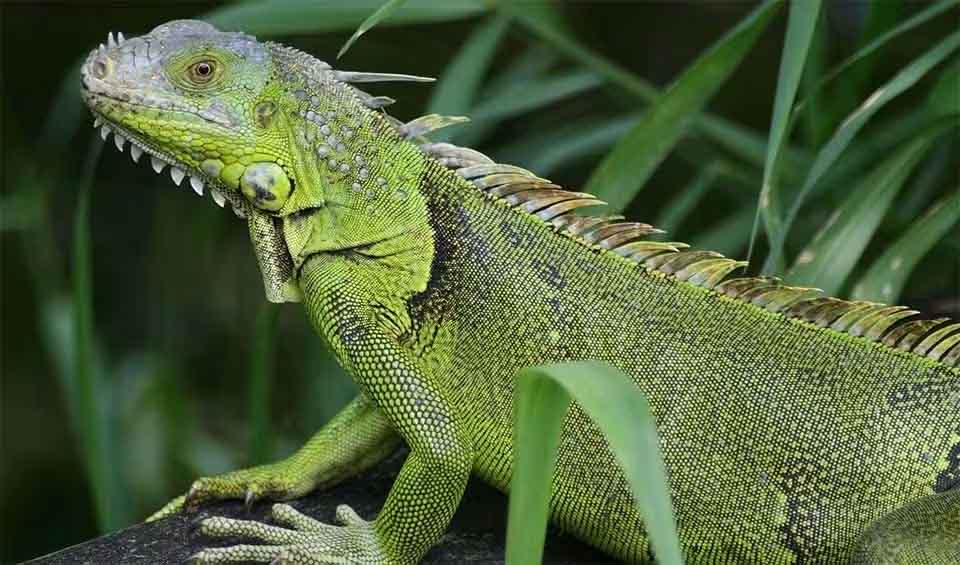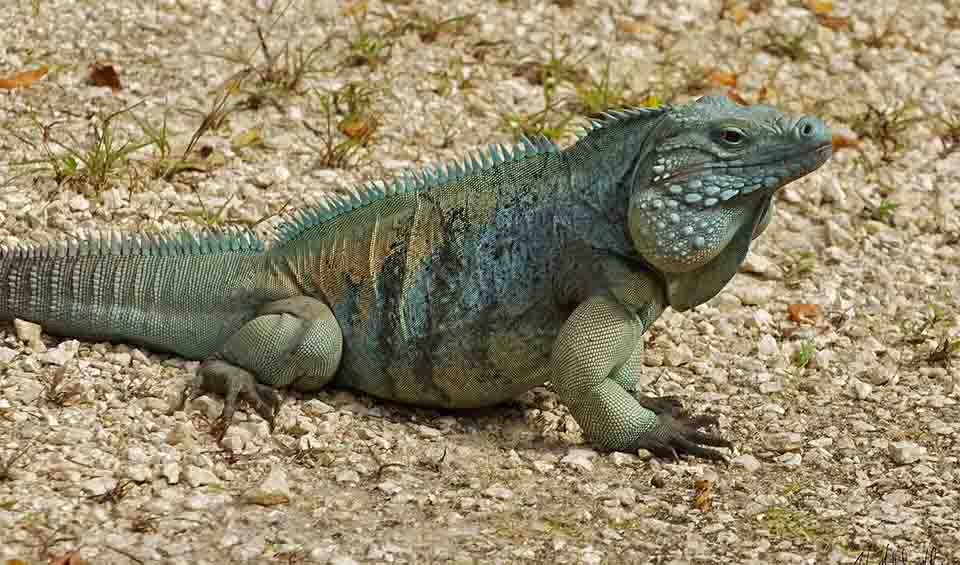The Cayman Islands, a British Overseas Territory located in the western Caribbean Sea, consists of three islands: Grand Cayman, Cayman Brac, and Little Cayman. Covering a total land area of about 264 km² (102 mi²), these islands are situated south of Cuba and northwest of Jamaica. Known for its stunning beaches, crystal-clear waters, and vibrant coral reefs, the Cayman Islands are a popular destination for tourists and marine enthusiasts.
The biodiversity of the Cayman Islands is particularly rich in marine life. The surrounding coral reefs are home to a wide variety of species, including colorful fish, sea turtles, stingrays, and vibrant coral formations. These reefs are crucial for the health of the marine ecosystem and are popular spots for diving and snorkeling. On land, the islands feature diverse habitats, including mangrove forests, wetlands, and dry forests. These areas are home to unique species, such as the blue iguana, found only in Grand Cayman, and various bird species, including the Cayman parrot.
Four pillars elaborated:
The Cayman Islands have established several marine protected areas (MPAs) to safeguard their diverse marine habitats, including coral reefs, seagrass beds, and mangrove forests, managed by the Cayman Islands Marine Conservation Board to protect biodiversity, fisheries, and tourism. Additionally, the islands have terrestrial protected areas like the Queen Elizabeth II Botanic Park and the Blue Iguana Conservation Area, home to various endemic species such as the blue iguana, the Cayman Brac parrot, and the Grand Cayman rock iguana. Land Management
Land Management
The rapidly growing population of Grand Cayman, estimated at 54,397 in 2010, combined with the increasing tourism sector, which saw 2,146,847 arrivals in 2017, is contributing to ongoing deforestation and threatening mangrove wetlands and ancient dry forests across all three Cayman Islands, putting native wildlife under pressure. While the sister islands of Little Cayman and Cayman Brac are less densely populated, they still face challenges such as the impact of invasive species like the green iguana, which threatens the native rock iguana on Cayman Brac and Grand Cayman. Threats to Biodiversity
Threats to Biodiversity
The Cayman Islands have developed 30 Species Action Plans as part of their National Biodiversity Action Plan, reflecting their commitment to the Convention on Biological Diversity. These plans address invasive species such as lionfish and green iguanas, which impact native flora and fauna in Cayman and the wider Caribbean region. The National Conservation Law of 2013, the islands’ first environmental law, aims to protect endangered, threatened, and endemic plants and wildlife. Capacity and Governance
Capacity and Governance
The Department of Environment manages an extensive system of Marine Parks, monitors coral reefs, and promotes sustainable harvest policies. The Central Caribbean Marine Institute (CCMI) conducts research and supports conservation and education efforts from the Little Cayman Research Station, which was dedicated in 2003 by HRH the Earl of Wessex to sustain biodiversity for future generations. CCMI also collaborates with the Department of Environment to support marine
conservation in the Cayman Islands.
The Cayman Islands Biodiversity Plan 2030 is a comprehensive strategy to protect and restore the islands’ natural heritage by 2030. Its goals include conserving at least 30% of the islands’ land and sea areas, reducing biodiversity loss, improving natural resource management, and increasing public awareness of biodiversity. Key actions to achieve these goals include establishing a network of protected areas, developing species recovery plans, controlling invasive species, and raising awareness about conservation. The plan emphasizes collaboration between the government, private sector, civil society, and local communities, including indigenous peoples. Future Trends
Future Trends
Biodiversity
The Cayman Islands’ rich biodiversity is a reflection of their diverse habitats, ranging from coral reefs and mangroves to dry forests and wetlands. The islands are renowned for their marine biodiversity, particularly their coral reefs, which are among the healthiest in the Caribbean and home to colorful fish, sea turtles, and stingrays. Grand Cayman’s Stingray City offers a unique opportunity to interact with southern stingrays, while dive sites like Little Cayman’s Bloody Bay Wall are famous for their dramatic drop-offs and vibrant marine life.On land, the Cayman Islands host a variety of endemic and native species, including the endangered blue iguana, which can be seen at the Blue Iguana Conservation facility in the Queen Elizabeth II Botanic Park. Other notable species include the Cayman Brac parrot, the Cayman Islands’ national bird, and the West Indian whistling duck. The islands also support diverse plant life, from coastal mangroves and seagrass beds to dry forests and unique cacti.
In the table below are the number of known species in several main groups, how many of these species are Threatened with extinction, and how many of them are Endemic (unique to Cayman Islands only):
| Species (World rank) |
Threatened | % Threatened | Endemic | % Endemic | |
|---|---|---|---|---|---|
| Mammals | 32 (#179) | 1 | 3.1% | 19 | 59.4% |
| Birds | 197 (#170) | 1 | 0.5% | 1 | 0.5% |
| Reptiles | 27 (#148) | 7 | 25.9% | 17 | 63.0% |
| Amphibians | 4 (#169) | 2 | 50.0% | ||
| Fishes | 474 (#127) | 42 | 8.9% | 3 | 0.6% |
| Plants | 708 (#192) | 22 | 3.1% | 21 | 3.0% |
mammals
Central American agouti
This widespread cute-looking creature is also known as the ‘gardener of the forest’
Common bottlenose dolphin
Known for their acrobatic leaps, twisting and turning gracefully as they jump completely out of the water
Pantropical spotted dolphin
A champion swimmer and a social butterfly of the warm seas
birds
American flamingo
Famous for its habit of standing on one leg
Roseate spoonbill
An easily recognizable bird due to its pink body and spatulate bill
Barn owl
The most cosmopolitan of owls with home ranges extending across the globe
reptiles
Brown anole
Often seen sunning themselves on fences, walls, and tree trunks
Loggerhead sea turtle
One of the largest and strongest sea turtles in the world
Green iguana
From the US down to Brazil, this trans-American lizard is the most common iguana
National Animals
Blue iguana
A real-life blue dragon that can live as long as humans














